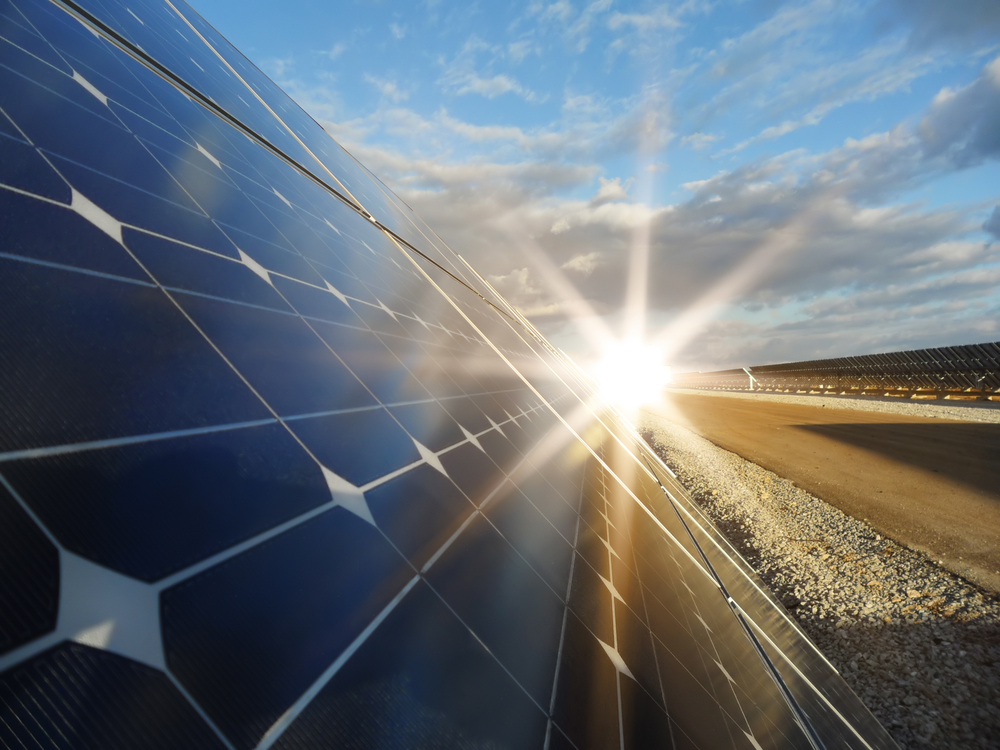A class of minerals known as perovskites could be the best solar panel material you haven’t heard of. Until now, they’ve been an extremely promising breakthrough in efficient solar conversion, but not so great for people who want to avoid lead exposure.
Not any more, thanks to the efforts of two separate groups of researchers — at Northwestern and Oxford — who’ve figured out how to replace lead with tin.
In both cases, the new cells aren’t as efficient as their lead-containing predecessors — so far, Science reports, they’re only able to convert about 6 percent of the energy from sunlight into energy, about a third of what other perovskites are able to do. But the advantage is clear: tin is a much cheaper, not to mention safer, alternative. And in both cases, the researchers emphasize that this is just the beginning. “Other scientists will see what we have done and improve on our methods,” said Mercouri G. Kanatzidis, who led the Northwestern team. “There is no reason this new material can’t reach an efficiency better than 15 percent, which is what the lead perovskite solar cell offers. Tin and lead are in the same group in the periodic table, so we expect similar results.”
Yang Yang, a materials scientist at the University of California, Los Angeles who’s made important strides in improving the efficiency of lead-based perovskites, confirmed to Science that “both demonstrations represent a significant step towards the realization of low-cost, high-efficiency, environmentally benign next-generation solid-state solar cells.”
With that in mind, Clean Technica has more on why this new technology could present the biggest threat to coal yet:
As for solar’s ability to compete in the electricity market with coal and other fossil fuels, the true cost of coal is finally being exposed including regional air quality and ash disposal issues on top of its contribution to global warming, and solar is already competitive with diesel in some global markets.
In the US, cheap shale gas has been pushing coal out of the electricity market and there are already indications that industries are beginning to prepare for the day when solar and other renewables push shale gas out of the energy market, by shifting into higher value products.
Exxon, for example, is looking to expand its gigantic Baytown, Texas refinery to include a gas-to-plastics operation, and the German chemical company BASF is exploring the possibility of making its largest single-site investment ever, by building a shale-gas-to-plastics facility on the Gulf Coast.

